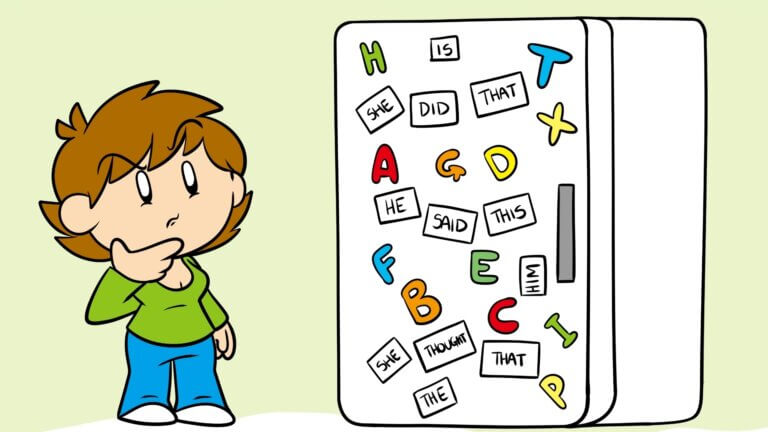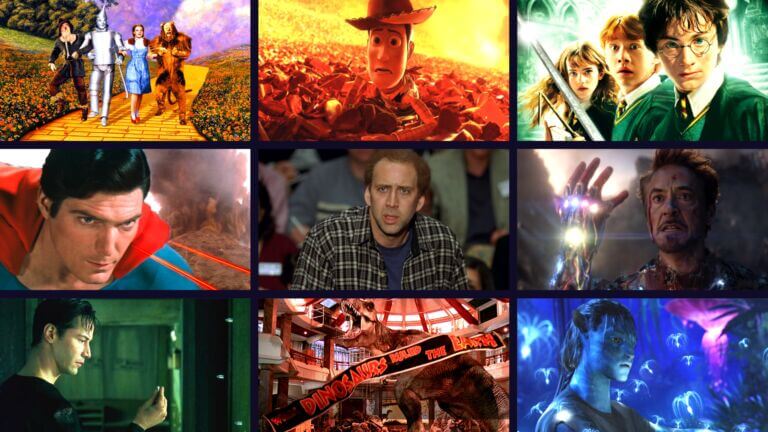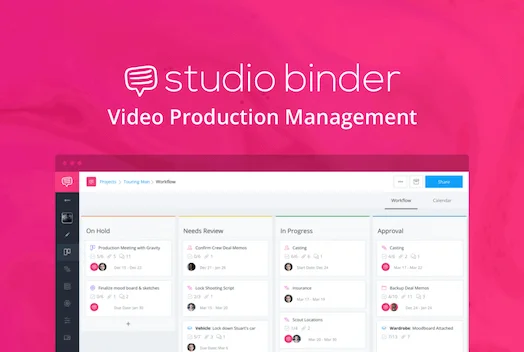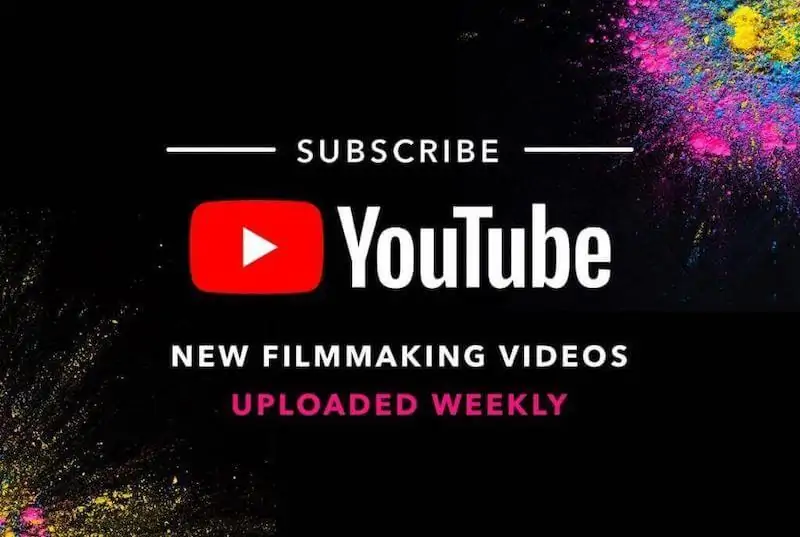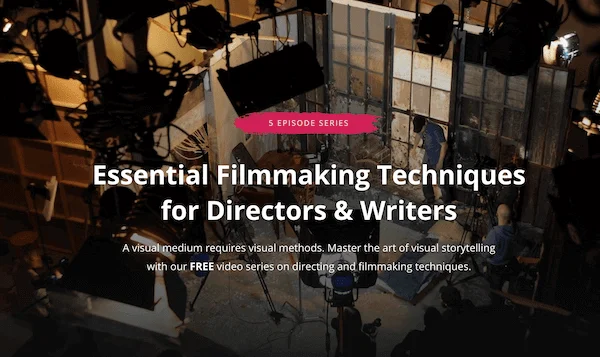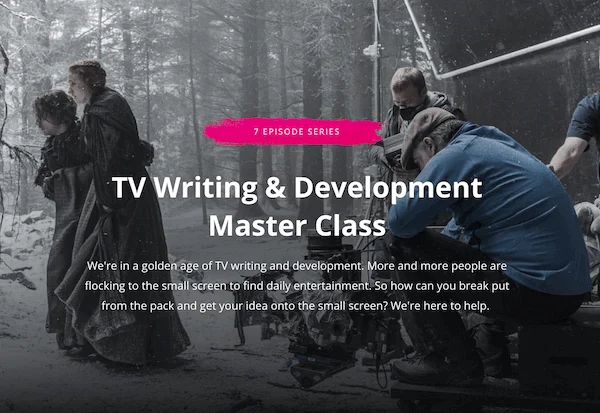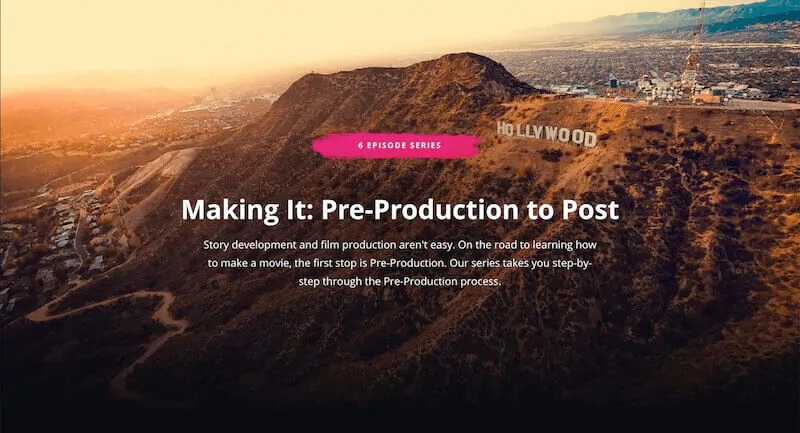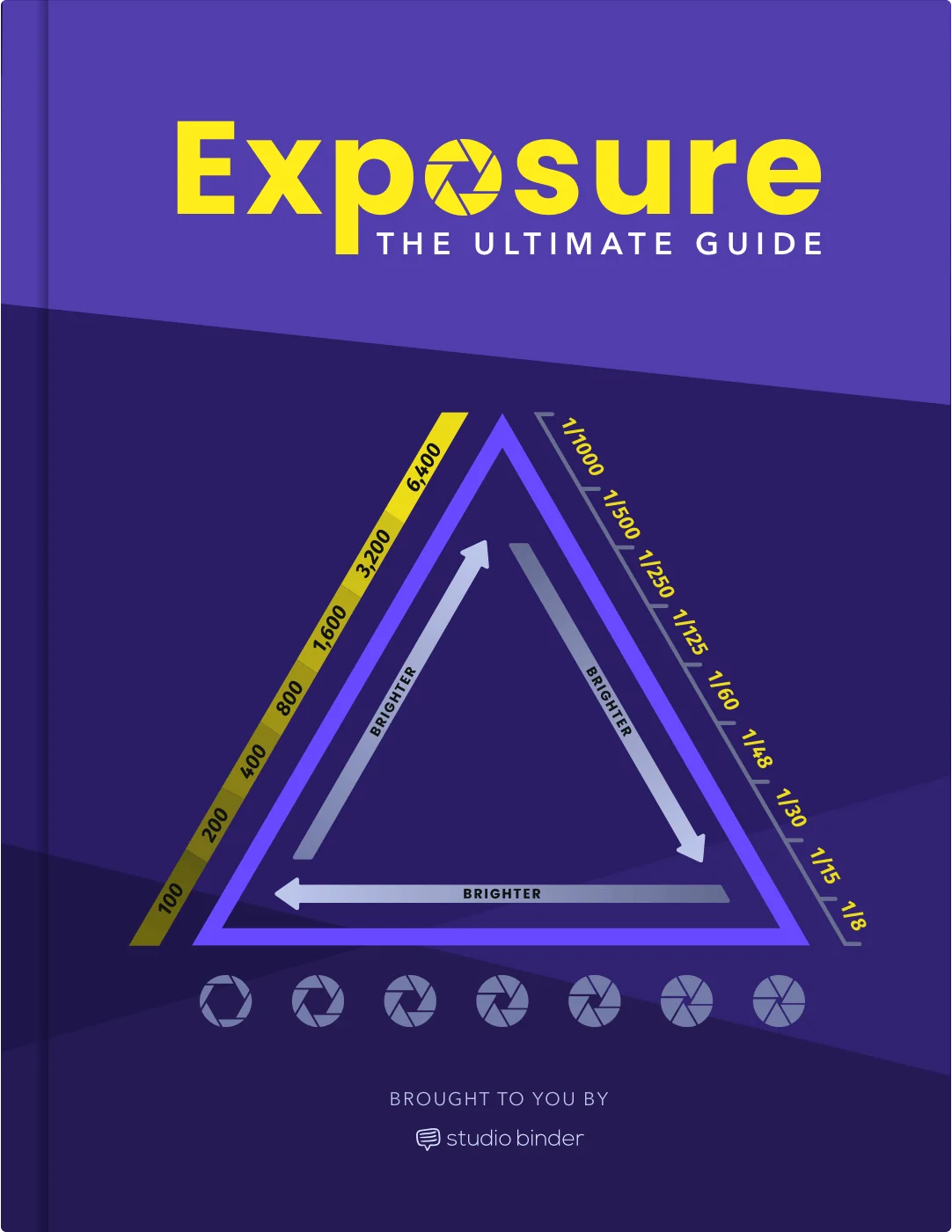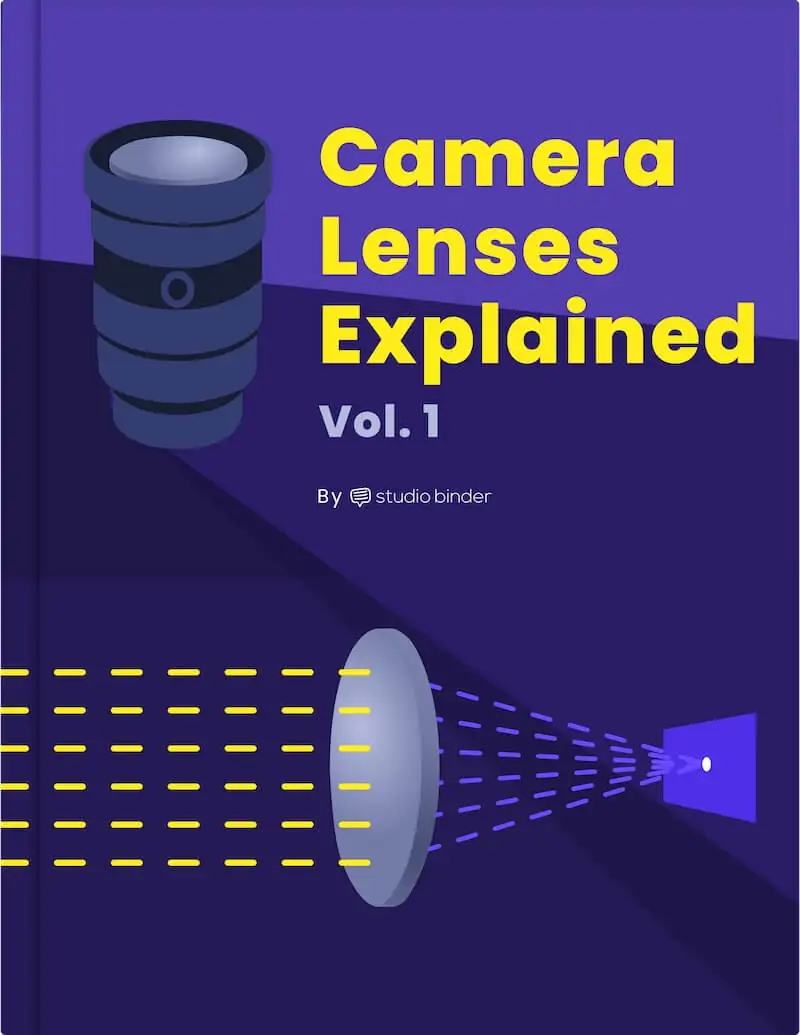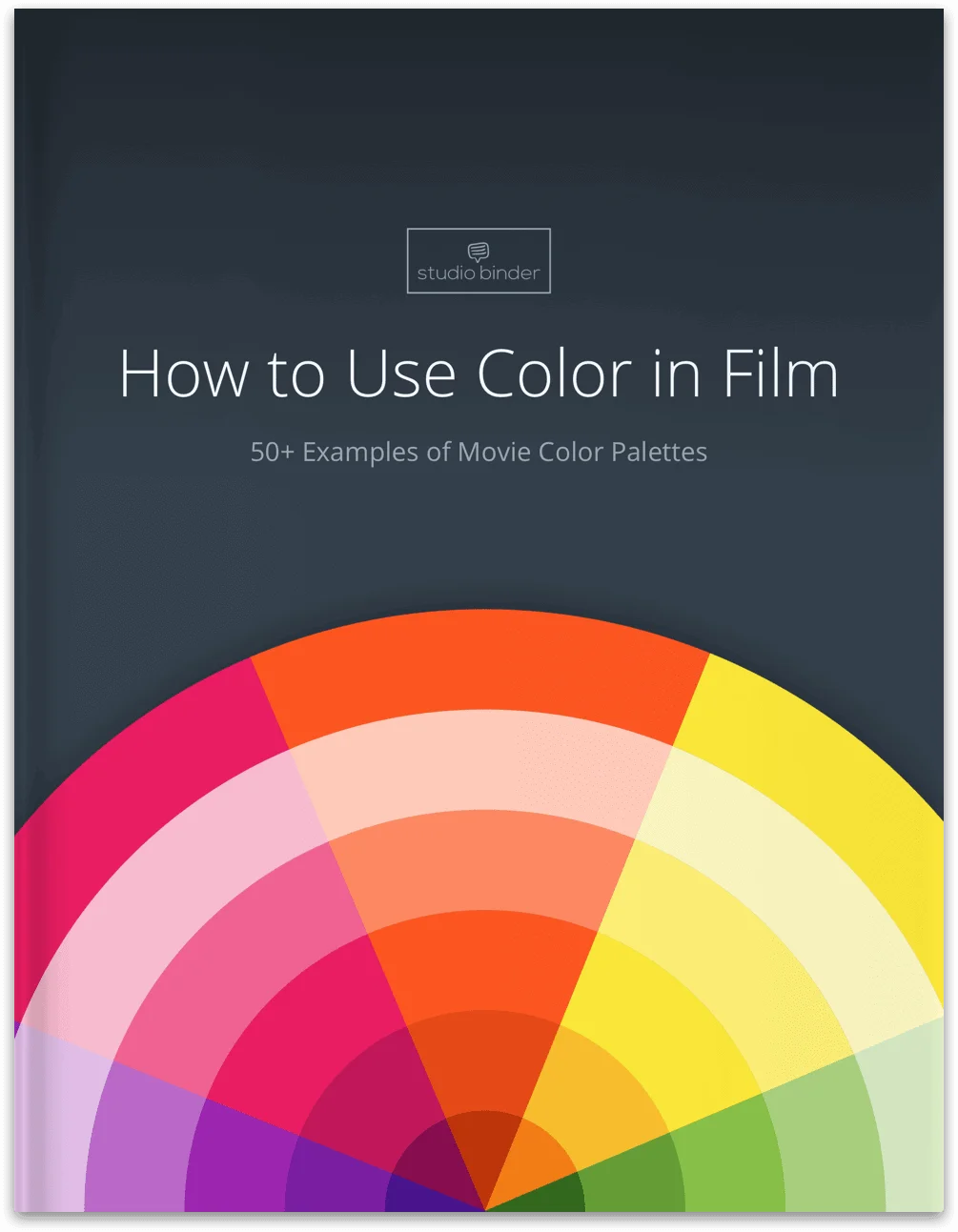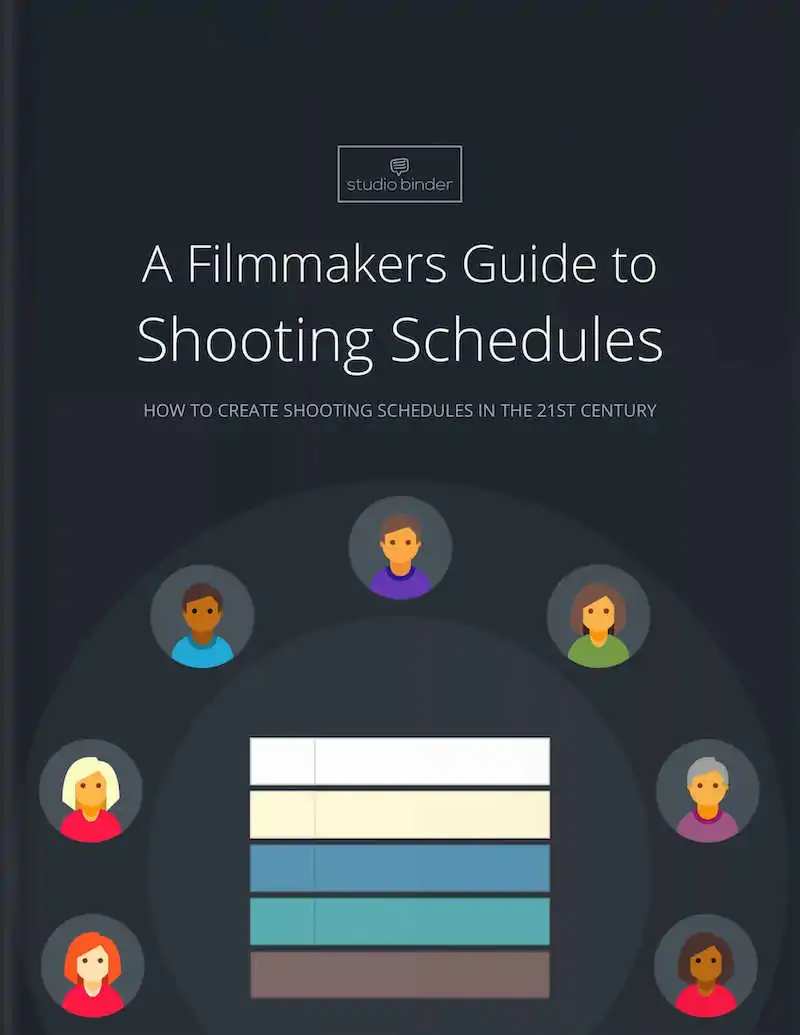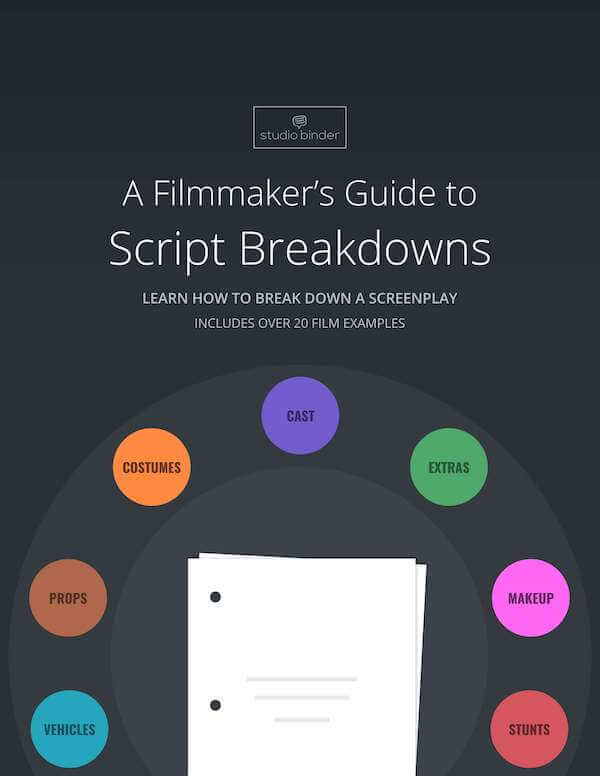Your eyes scroll horizontally, sentence by sentence, word over word over word – you stop to think, who is it that’s addressing me? Then, perhaps subconsciously, you realize that you must be reading from an alternate point of view, maybe this is second person – but what is second person point of view? We’re going… Continue reading What is Second Person Point of View — Definition and Examples
To understand appropriate sentence structure is to understand the grammatical building blocks of the English language. By having a strong grip on the structures of your sentences, you will be a more versatile writer. In this article, we’ll break down what sentence structure is, what the four types of sentence structures are, and how to… Continue reading What is Sentence Structure — Examples and Tips for Writers
Context has the ability to change the meaning of a story and how we view its characters — but what is context? We’re going to answer that question by looking at examples from The Office, In Cold Blood and more. We’ll also look at some tips and tricks for how you can effectively implement this… Continue reading What is Context — Definition and Examples for Writers
One of the most effective ways at making a line of text in literature memorable is by creating rhythm. Writers have a few ways of creating rhythm such as rhyming and alliteration. However, both can become redundant because of their more obvious nature. A more subtle literary device that creates rhythm is assonance. What is… Continue reading What is Assonance — Definition and Examples for Writers
What does deus ex machina mean? Writers work hard to put their characters into terrible situations to find new and creative ways to get them out. It’s entertaining and it’s a sign of a great, organic story. Conflict needs to live and breathe. But conflict also demands resolution. Catharsis. But for some writers, that catharsis… Continue reading Deus ex Machina — Meaning, Definition & Examples in Movies
Have you ever read a story or novel where the words jumped off the page? It could have been due to personification. In fact, that first line you just read was an example of personification. Personification is an incredibly useful literary device that is used in sophisticated literature as well as everyday language. In this… Continue reading What is Personification — Definition and Examples for Writers
Film is primarily a visual medium. Filmmakers have various tools to create meaning through visual elements, one of which is the visual metaphor. Visual metaphors are often subtle, but are incredibly important for filmmakers in communicating and resonating with an audience. What is a visual metaphor? How and why do filmmakers use them? We’ll break… Continue reading What is a Visual Metaphor — Definition & Examples in Art & Film
What is theme? In the simplest terms, a theme is the subject of a story. But that definition actually does more harm than good in fully understanding the theme of a story. In this article, we’re going to look at some common misconceptions by breaking down how to use theme in literature and screenwriting, with… Continue reading What is Theme in Literature and Film? Definition and Examples
What is an antagonist? The simplest explanation is that an antagonist represents the opposite of the protagonist. But there’s much more to the term than that. By understanding how antagonists are used in screenwriting, we’re better equipped to handle story conflict in our own scripts.Continue reading What is an Antagonist? Definition and Examples Explained
Some may argue whether a screenplay is truly a work of literature. Nevertheless, anyone who’s sat down to write a screenplay knows it isn’t for the faint of heart. To juggle all aspects successfully, a screenwriter needs a few tools in their toolbelt. Enter common literary devices, literary elements and literary techniques. Besides listing, defining,… Continue reading What are Literary Devices? Definitions and Examples for Screenwriters
Motifs are a great way to reinforce the theme of your project. Understanding how to build motifs that work requires strong attention to detail and a clear game plan. But what is a motif? Looking for a clear motif definition? Need motif examples in film? All these questions and more will be answered as we… Continue reading What is a Motif? Definition and Examples for Filmmakers
What is a protagonist? Many refer to a protagonist as the leading character in a story. But is the protagonist something more? Or something less? To understand the definition fully, we need to look at how different types of protagonists are used in screenwriting. This will help us decide which type of protagonist works best… Continue reading What is a Protagonist? Definition and Examples for Screenwriters
Denouement is one of the most important aspects of a script, yet it can easily be confused with other story beats like climaxes or epilogues. So what is denouement? In this article, we’re going to define denouement in a clear and simple way, then look at some key examples from film that show us how masterclass… Continue reading What is Denouement? Definition and Examples in Movies
What is subtext? The age-old adage says that subtext is what’s inferred by reading between the lines, but how do we know what to look for? In this article, we’re going to define what subtext is, then look at some strong examples from screenplays. By the end, you’ll be ready to apply subtext into your… Continue reading What is Subtext? How to Use Subtext in Screenwriting
A plot is a crucial element for any story, and I challenge you to think of a great film or book that has a mediocre plot. But plot often seems to get confused or conflated with the characters, setting, and theme. In this post, we’re going to define plot, explain why it’s important, and then… Continue reading What Is a Plot? Types of Plot, Definitions, and Examples

